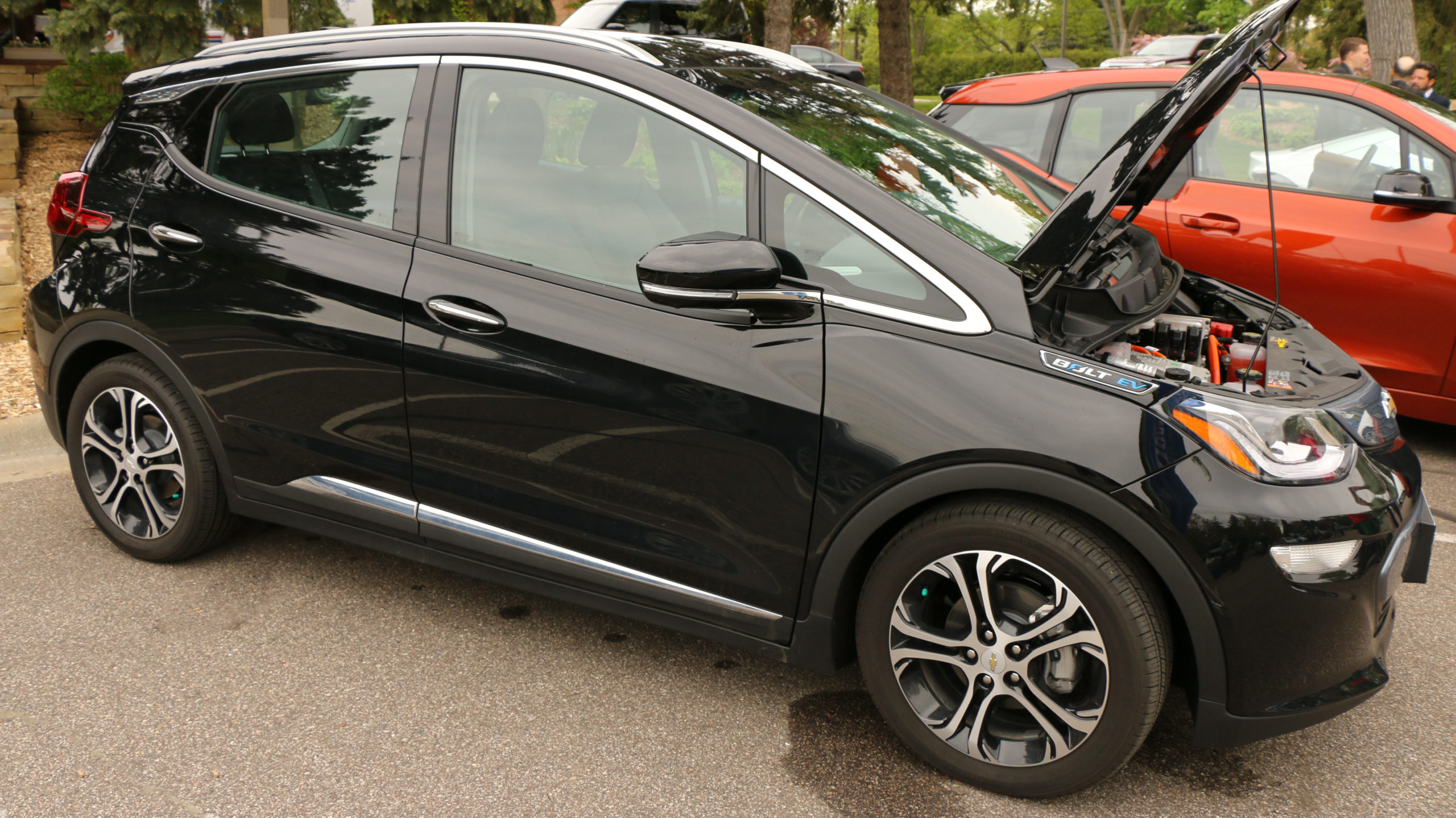Electric car manufacturers are transitioning away from cobalt, a key component in lithium-ion batteries.

UPDATE: Looking for a more in-depth explainer on electric vehicles and batteries? Check out our “What’s up with electric vehicles and batteries?” article.
In a nutshell:
– The use of cobalt in electric vehicle batteries has been raised as a concern, given the worker exploitation in mining locations such as the Congo.
– While electric car batteries do use cobalt, the largest use of cobalt comes from the portable consumer electronics industry.
– Electric vehicle manufacturers, led by Tesla, are transitioning away from their reliance on cobalt and generally establishing stricter standards on labor in their supply chain.
As electric vehicles (EVs) gain popularity, the public debate about their pros and cons increases. While it’s exciting that people are talking about EVs, misinformation and mischaracterizations regarding this technology are growing too. The use of cobalt in EV batteries is a topic that is especially mentioned. Read on to learn more about cobalt and what’s being done to address relevant concerns.
Cobalt is prevalent in today’s tech.
Cobalt has a long industrial history with a variety of uses. Today it is a metal found in many products ranging from aircraft engines to lithium-ion batteries, including those in electric vehicles. Currently, the largest use of cobalt is in portable consumer electronics like cell phones, laptop computers, and tablets, which are all powered by lithium-ion batteries.
Although cobalt is a byproduct of the production of other metals, it also mined, primarily in Australia and the Democratic Republic of the Congo. It’s well documented that cobalt mining often involves unethical and unsafe labor practices in places such as the Congo. Thus, it is reasonable for consumers to look at the cobalt in all of their products when making purchasing decisions.
What’s next for cobalt?
While it is true that cobalt is found in the lithium-ion batteries used in many electric vehicles, there is some good news: EV batteries don’t need cobalt to work. In fact, other battery technologies that don’t use cobalt—such as nickel-iron-aluminum cathodes or lithium-iron-phosphate ones—not only exist but are actively being developed for use in new EVs. As a result, electric vehicle manufacturers are transitioning away from cobalt. For instance, Tesla’s current vehicle batteries contain less than five percent cobalt and the company announced in September 2020 that they are developing their own batteries that will be cobalt-free. Others are dramatically reducing the amount of cobalt needed for their batteries, like GM, who last year unveiled a new battery system that uses 70 percent less cobalt than current batteries.
The negative human and environmental consequences of cobalt mining are real and well-documented, and efforts to enact robust labor and environmental standards on the industry are warranted, as is a comprehensive national trade policy and an economy-wide effort to curtail the use of cobalt. Additionally, voluntary efforts between automakers, suppliers, and governments to ensure a safe and sustainable supply chain should continue.
EVs play a role in Minnesota’s clean energy future.
Here in Minnesota, the Minnesota Pollution Control Agency reports that transportation is now our state’s largest source of climate change pollution as well as a significant source of air pollution that harms our hearts and lungs. Electric vehicles have the potential to dramatically reduce these emissions, much of which come from light duty cars and trucks. Thankfully, Minnesota is working to fully realize this potential. The Walz administration’s Clean Cars Minnesota initiative is a critical step to ensure that Minnesotans have access to newer electric vehicle models as they become available and that Minnesota isn’t left behind in the transition to EVs.
As a thoughtful consumer, it is important to weigh all impacts of our decisions. Clean energy and clean transportation solutions are necessary if we hope to mitigate the worst effects of climate change in Minnesota. With our state’s winter climate warming faster than any of the lower 48 states, we have much to gain from a transition to a clean energy future, and Fresh Energy will continue showing up at every step in the process of this clean energy transition.

